Most factory automation involves moving machinery driven by electric motors. These automated systems frequently use general-purpose motors with simple on/off (across-the-line) control. Although these applications seem deceptively simple, NEC article 430 provides lengthy guidelines for motor installations, wiring, and controllers. It covers the requirements and specifications for motor control components, such as:
• Disconnecting means
• Branch circuit protection
• Motor controllers
• Overload protection
Disconnecting Means
A disconnecting means must be able to open all ungrounded supply conductors and is usually required to be within sight of the controller, the motor, and the driven machinery.
Branch Circuit Protection
Branch circuit protection devices provide short-circuit and ground fault protection. They must also be able to handle the motor starting current, which can be several times the full load amp rating (FLA) of the motor.
Motor Controllers
Motor controllers must have suitable ratings to stop and start the motor, and be able to interrupt the locked-rotor current of the motor. If they don’t also function as disconnects, they are only required to open as many conductors as necessary to stop the motor.
Overload Protection
Overload protection provides protection against heating due to motor overloads and failure to start. It does not include short circuits or ground faults, but the prolonged excessive current that can cause damage due to overheating.
Across-the-line motor starting is used when the application can run at the motor’s maximum speed, where speed and voltage sags/spikes don’t pose a problem. These motor starting components are commonly used when users don’t need the electrical and mechanical softening effects of a soft starter, nor the speed control of a variable speed drive.
Typical devices used for across-the-line motor starting:
- Motor starters operate induction motors and protect them against running or stalled overcurrents
- Manual motor protectors provide an all-in-one motor control/protection solution, integrating control, disconnecting means, and circuit protection
- Magnetic contactors provide compact electrically-operated load control for diverse load-switching needs
- Overload relays provide reliable and accurate electronic or thermal protection from device or component overload or phase loss
There’s much more to motor controls and their purpose, so if you‘d like to know more, check out the great articles in the content collection below!
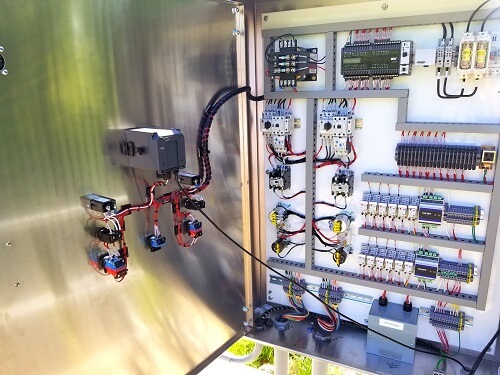
Machine Automation Basics
Automation systems must integrate multiple power and control subsystems and components into a coherent whole. Learn more about machine automation basics here!
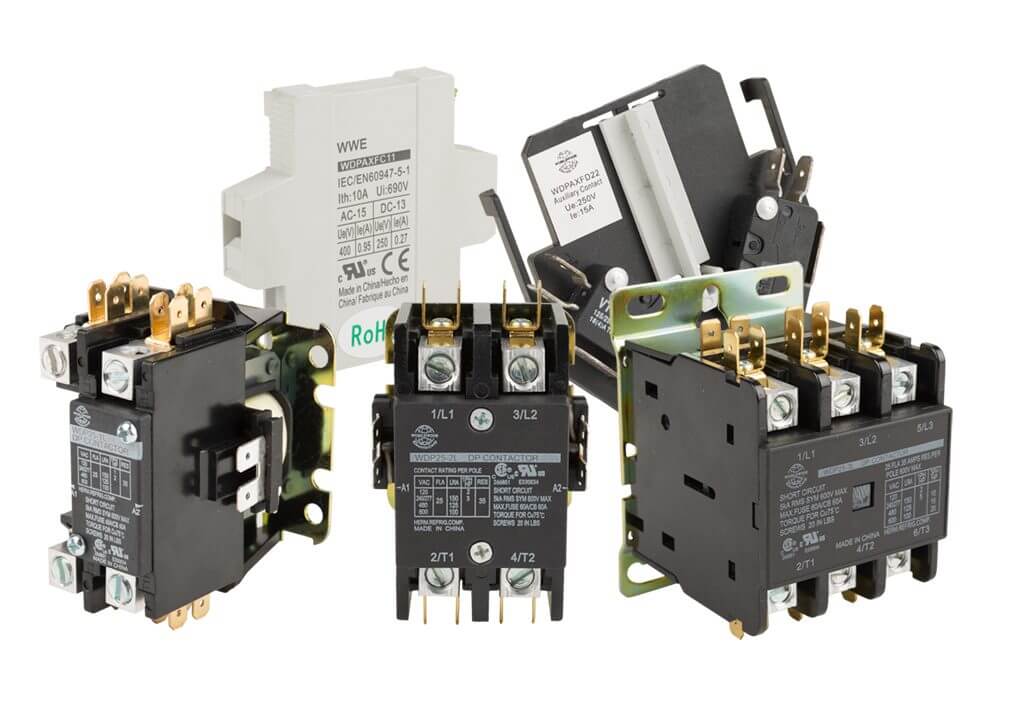
What is a Contactor
Turning large electrical power loads such as motors, lighting and heaters on and off is a common automation requirement. Applications are found in commercial buildings, industrial equipment and vehicles. The fundamental device for switching electrical power is called a contactor. Learn more here!
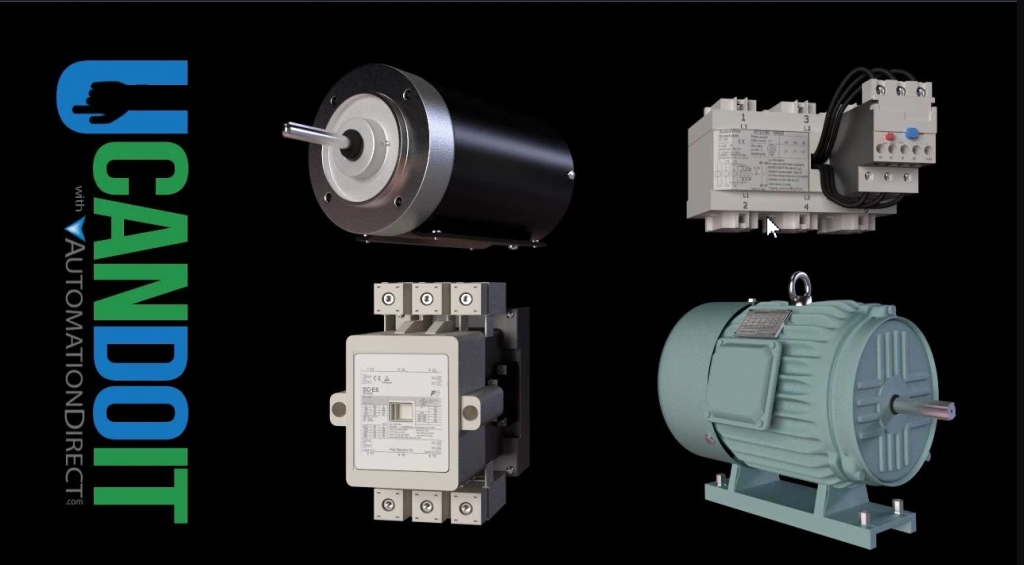
A/C Motor On/Off Controls for Industrial Applications – U Can Do It
Check out this brief intro to A/C Motor On/Off Controls for home and industrial applications. U Can Do It! Learn more here!

Specifying and Sizing Motor Starters
There are four basic motor control options available: Basic contactors, traditional starters, manual motor starters, or combination starters. Follow these steps to choose the best fit here!

How to Wire a Motor Starter
The motor starter must have at least two components to operate: a contactor to open or close the flow of energy to the motor, and an overload relay to protect the motor against thermal overload. Learn how to wire your motor starter here!
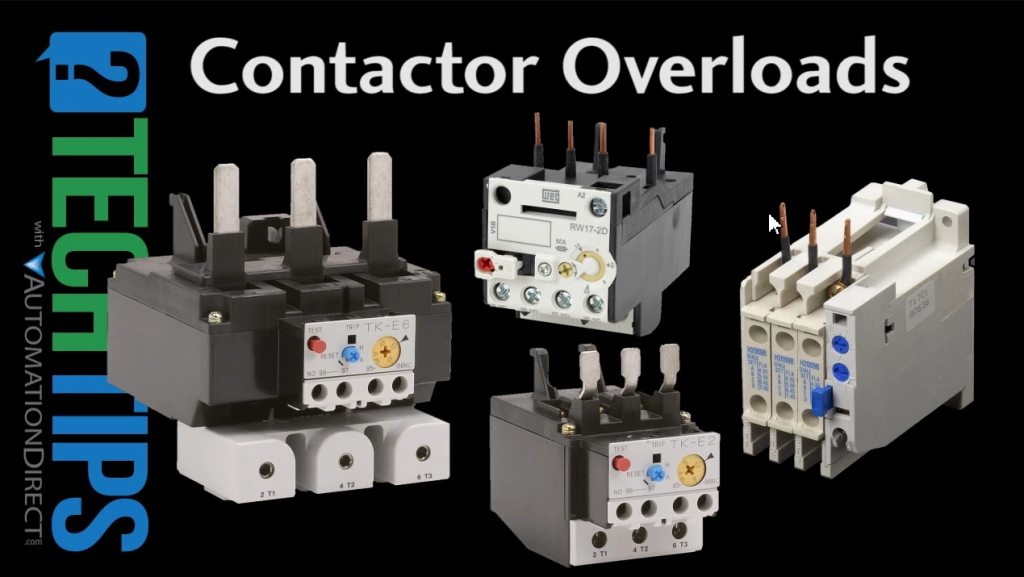
Tech Tip: How to Select and Use Contactor Overload Protectors
Learn how Contactor Overload Protectors work and how to select and use one for your application. Learn more here!
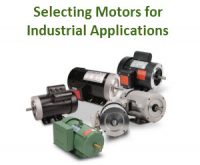
Selecting Motors for Industrial Applications
Efficient use of motors is always important, but there are many other things to consider when specifying an electric motor. Mechanical and environmental considerations are on the list, as is the application and operation. All of these factors are important, but the application is where the selection process should start. Learn more here!
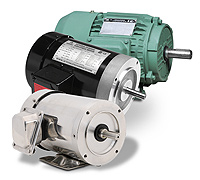
How to Choose a General Purpose Motor vs Inverter -Duty Motor
General purpose motors have been around for many years. They are the workhorse of almost every industry. An inverter-duty motor is a much newer concept that became necessary as motors began to be driven by VFDs. Learn more about their differences here!

